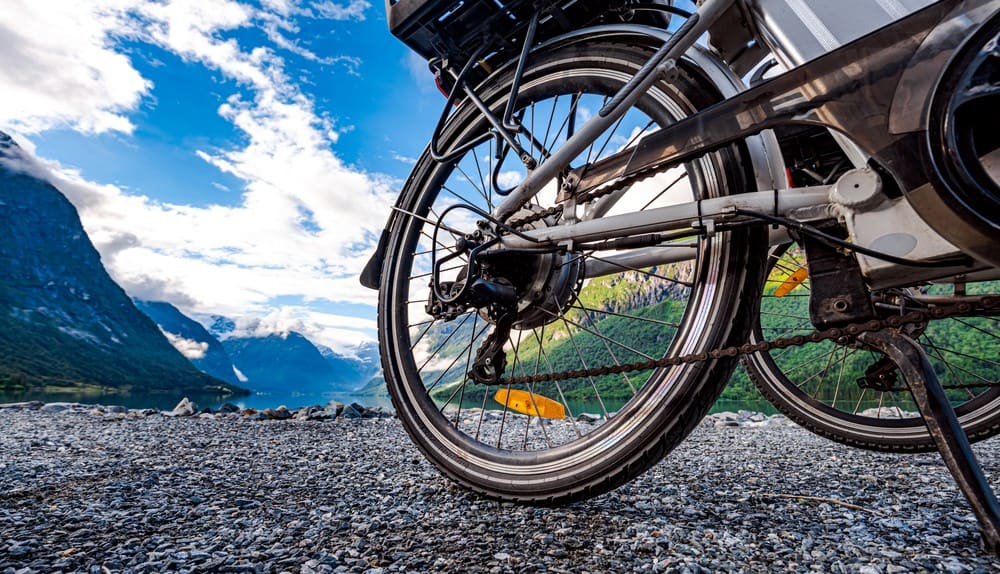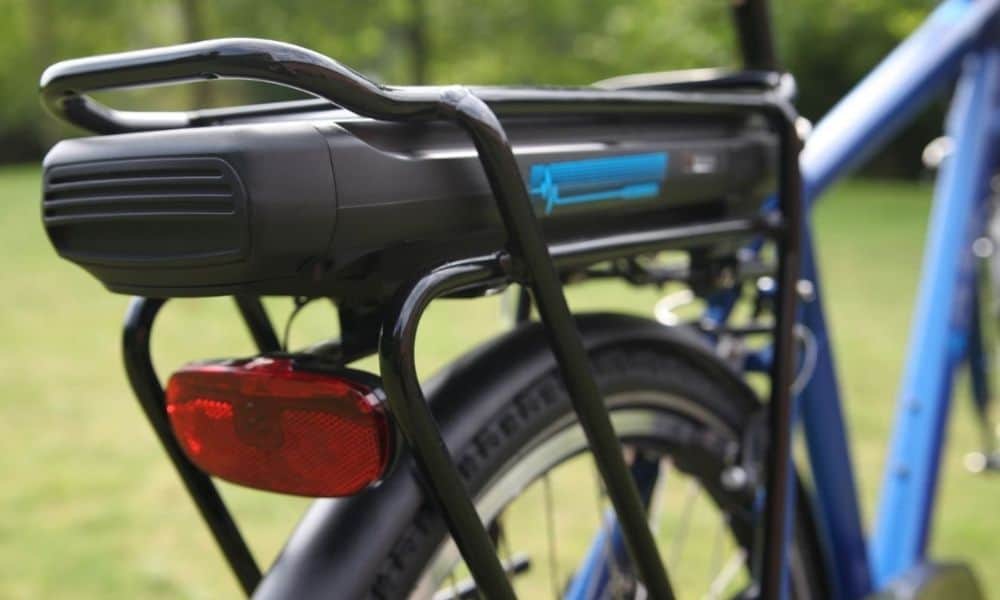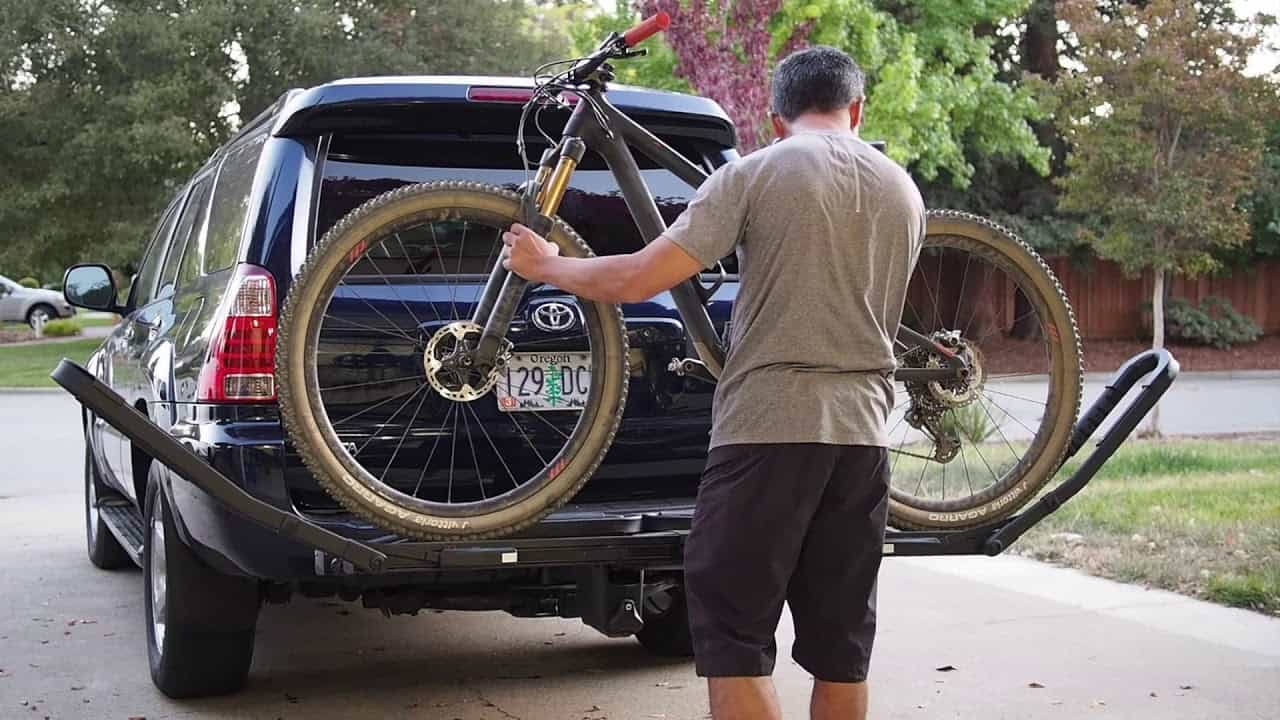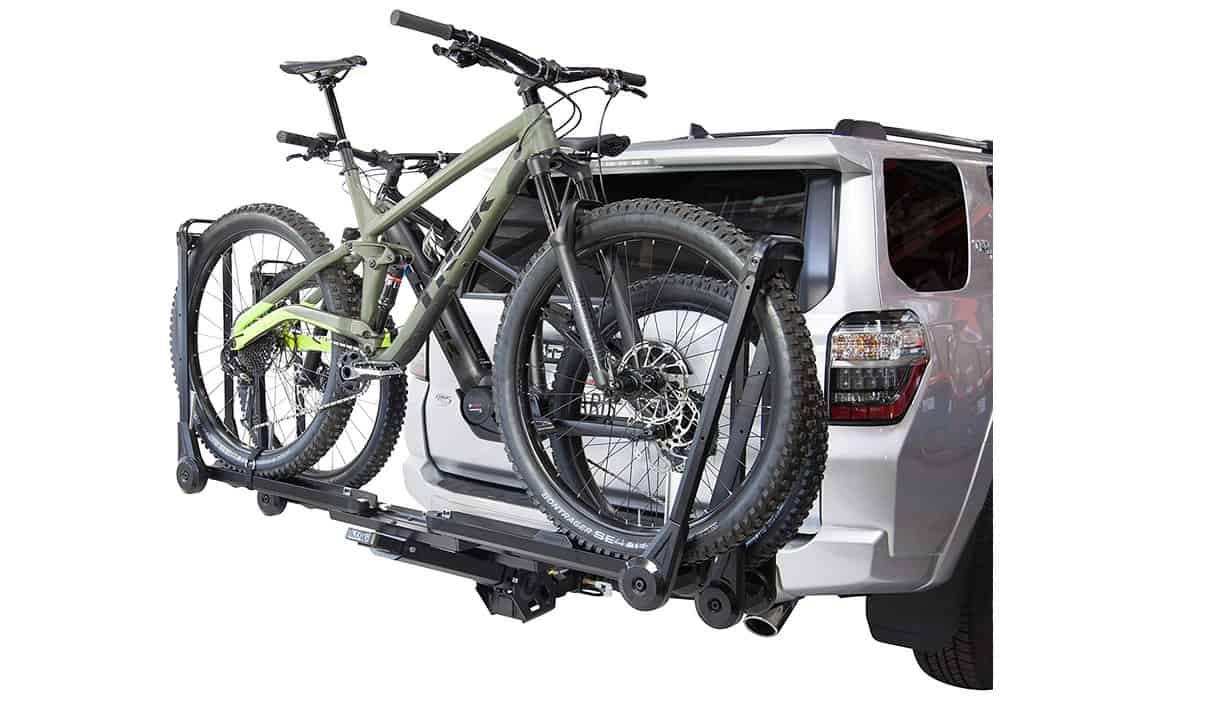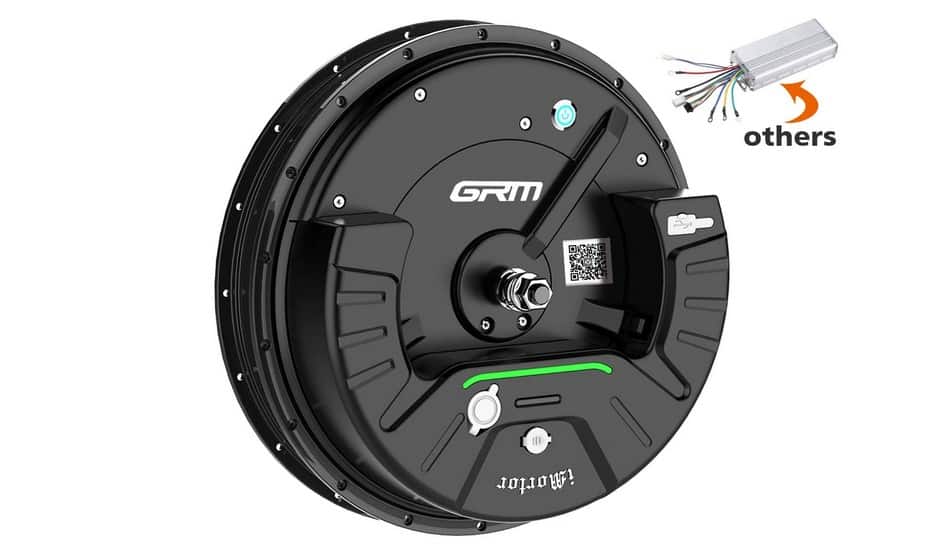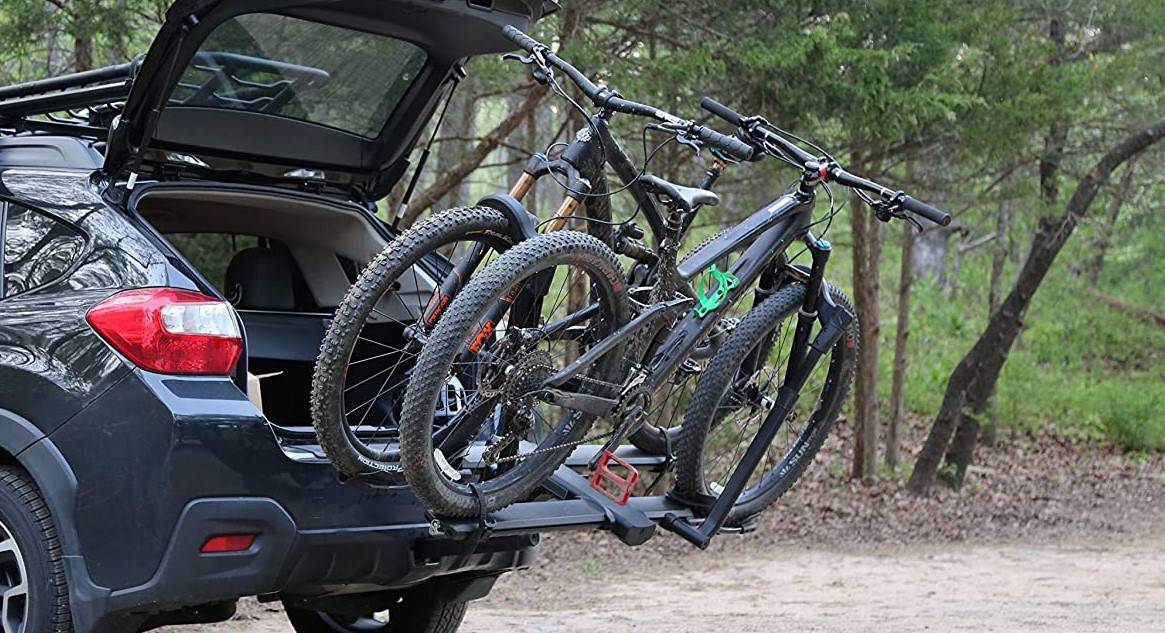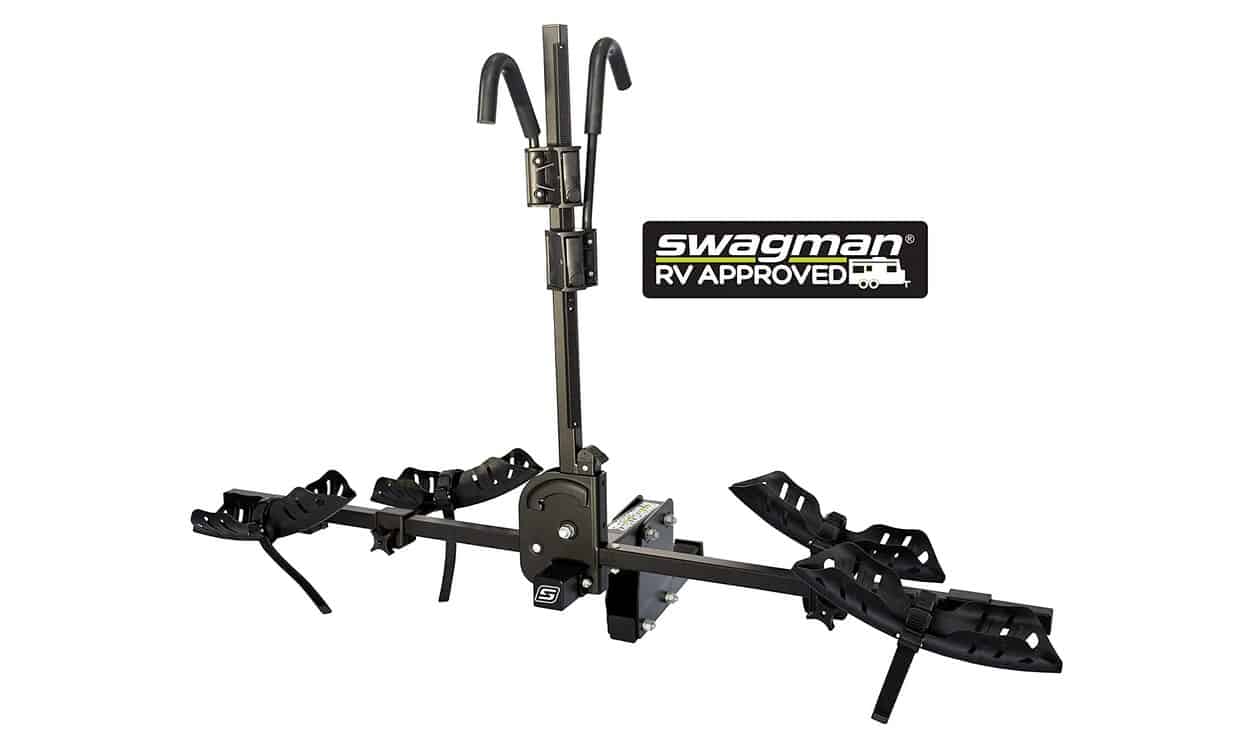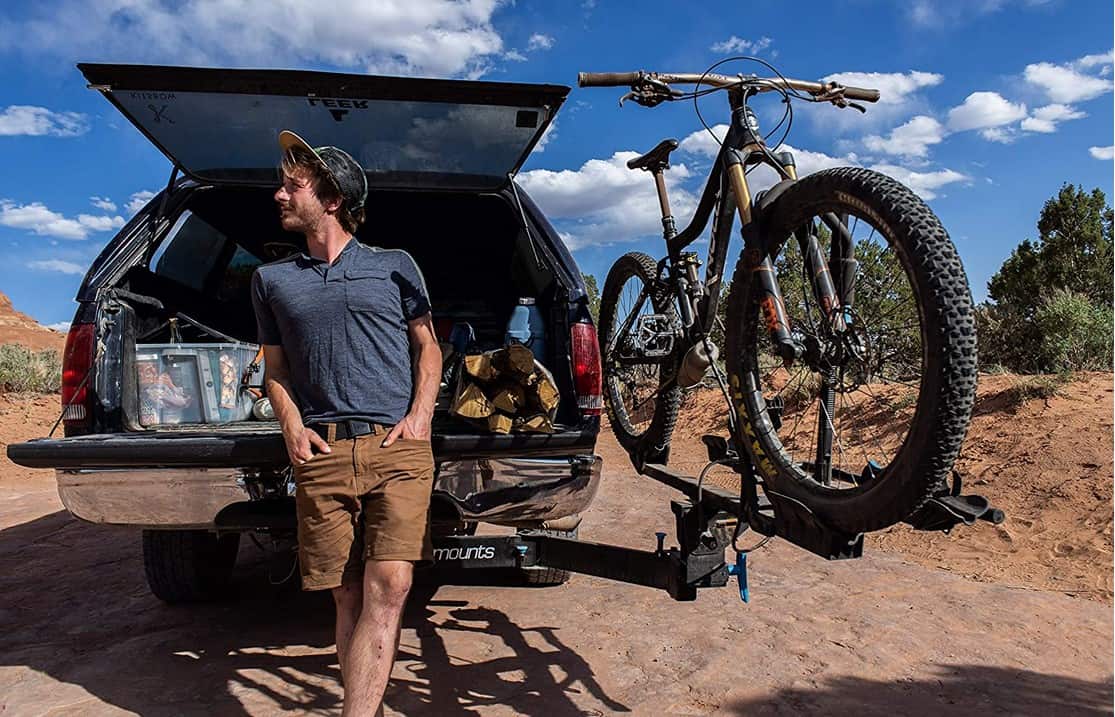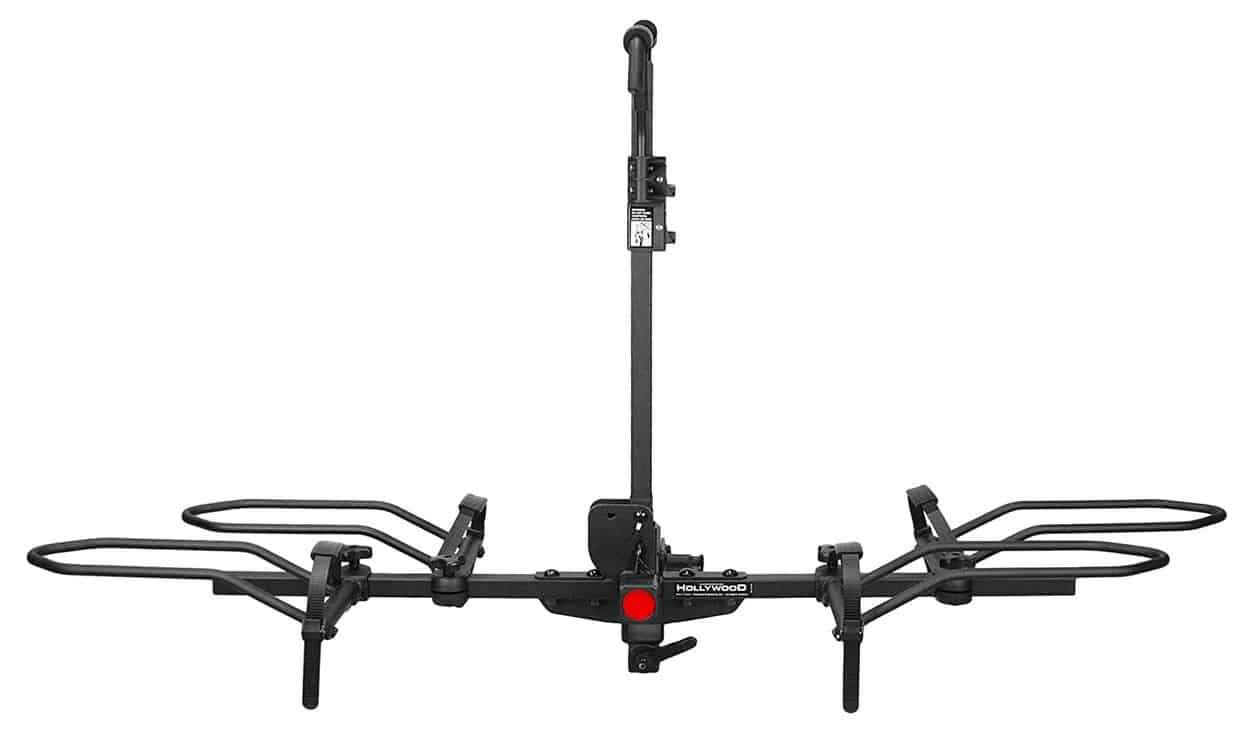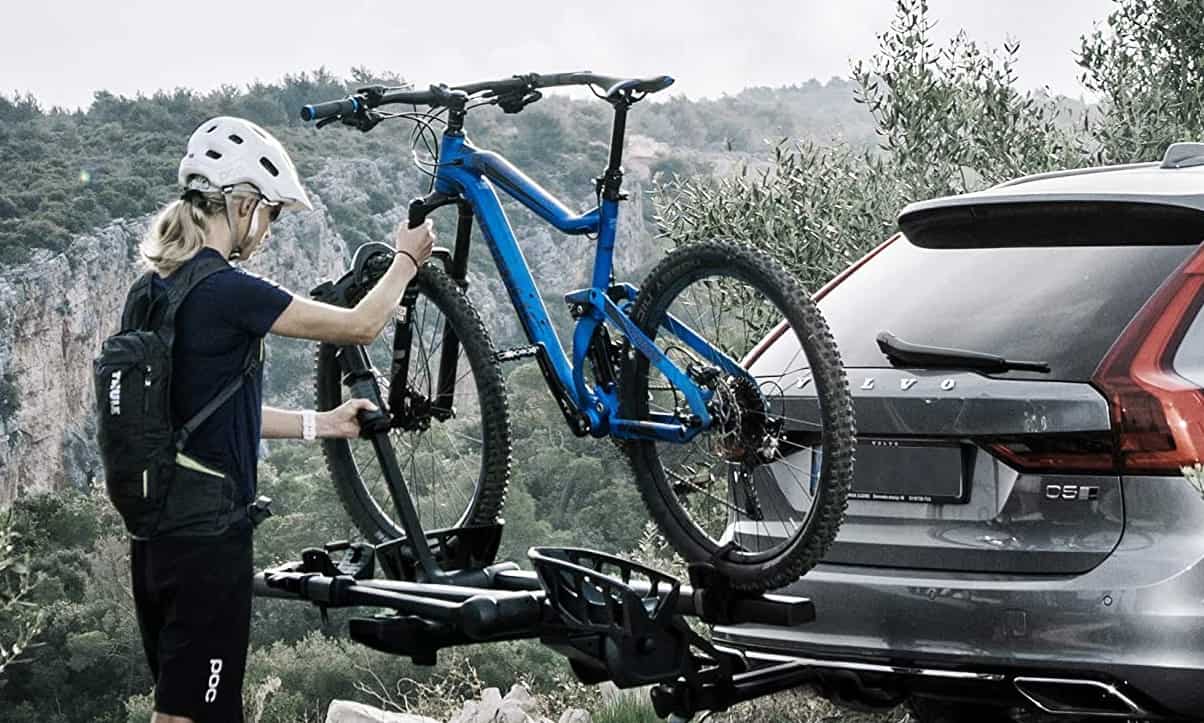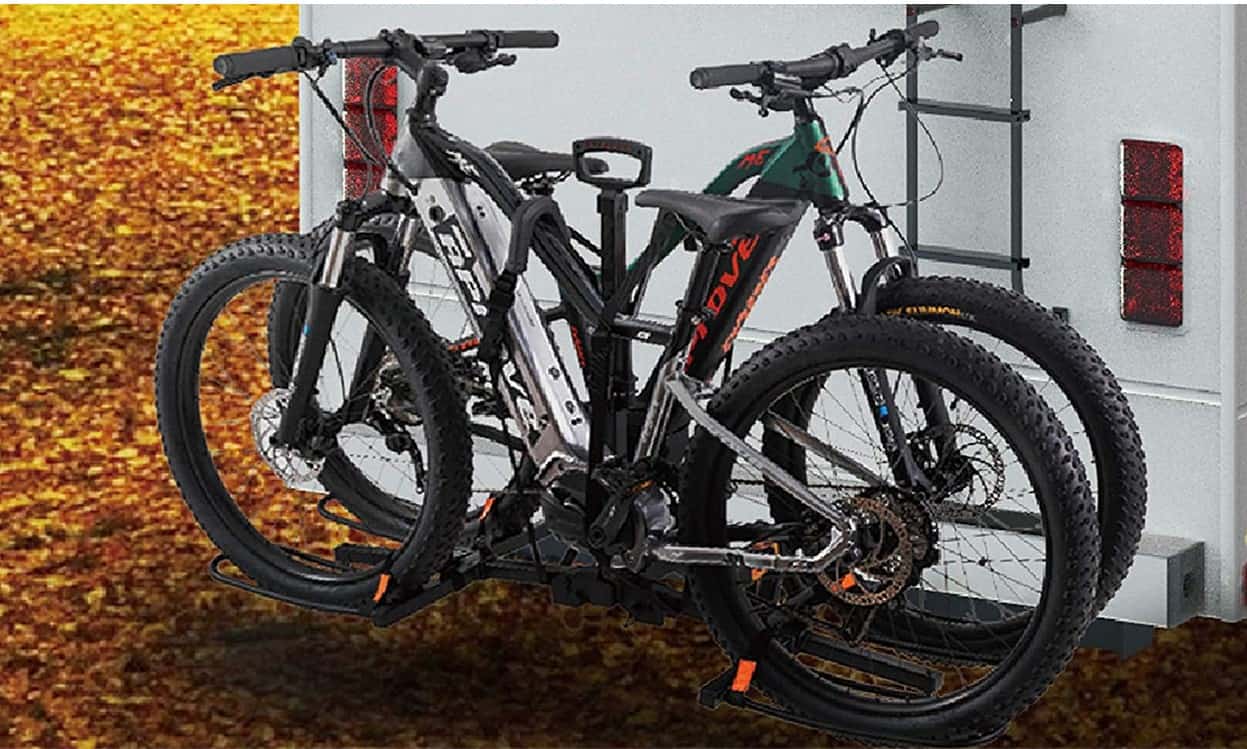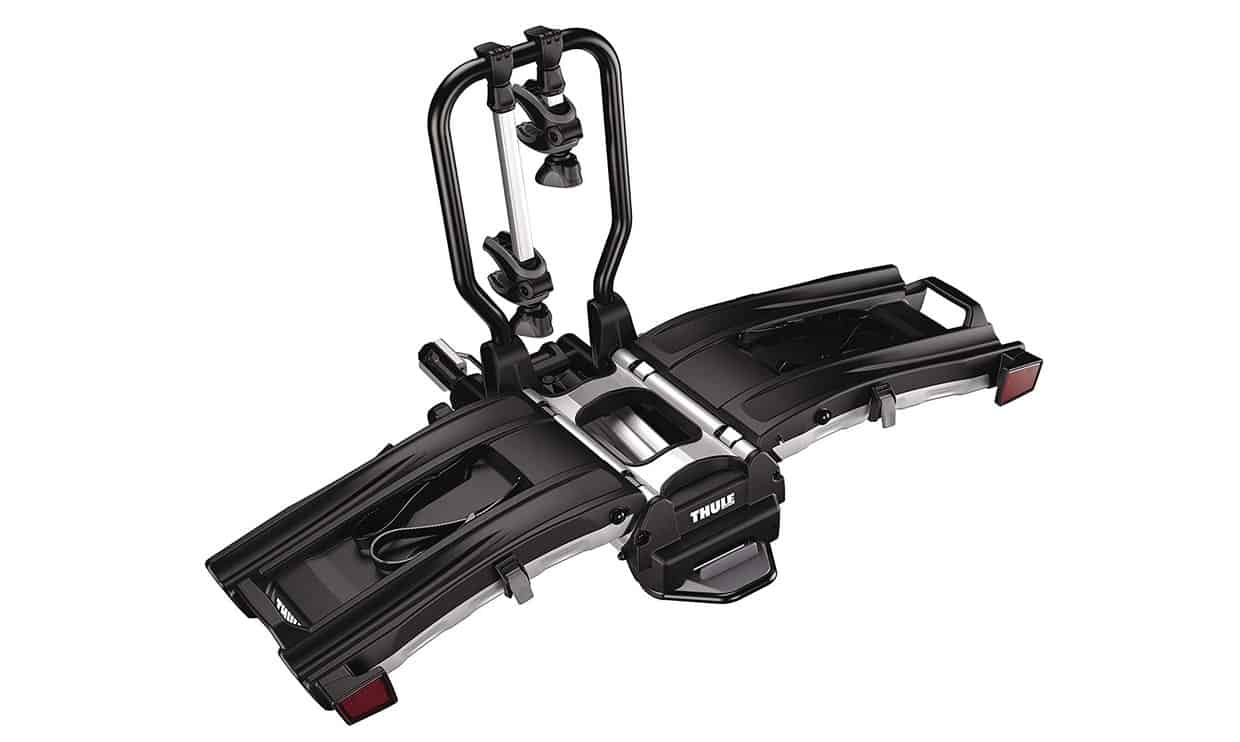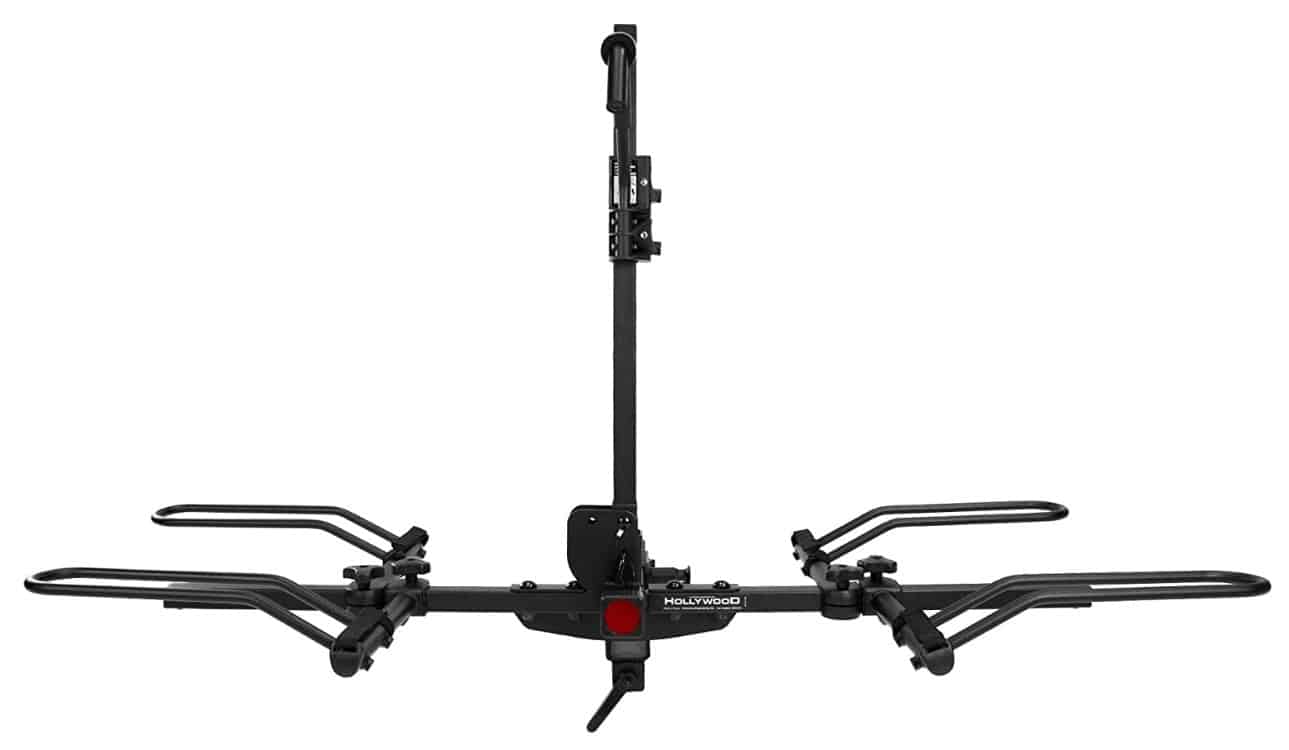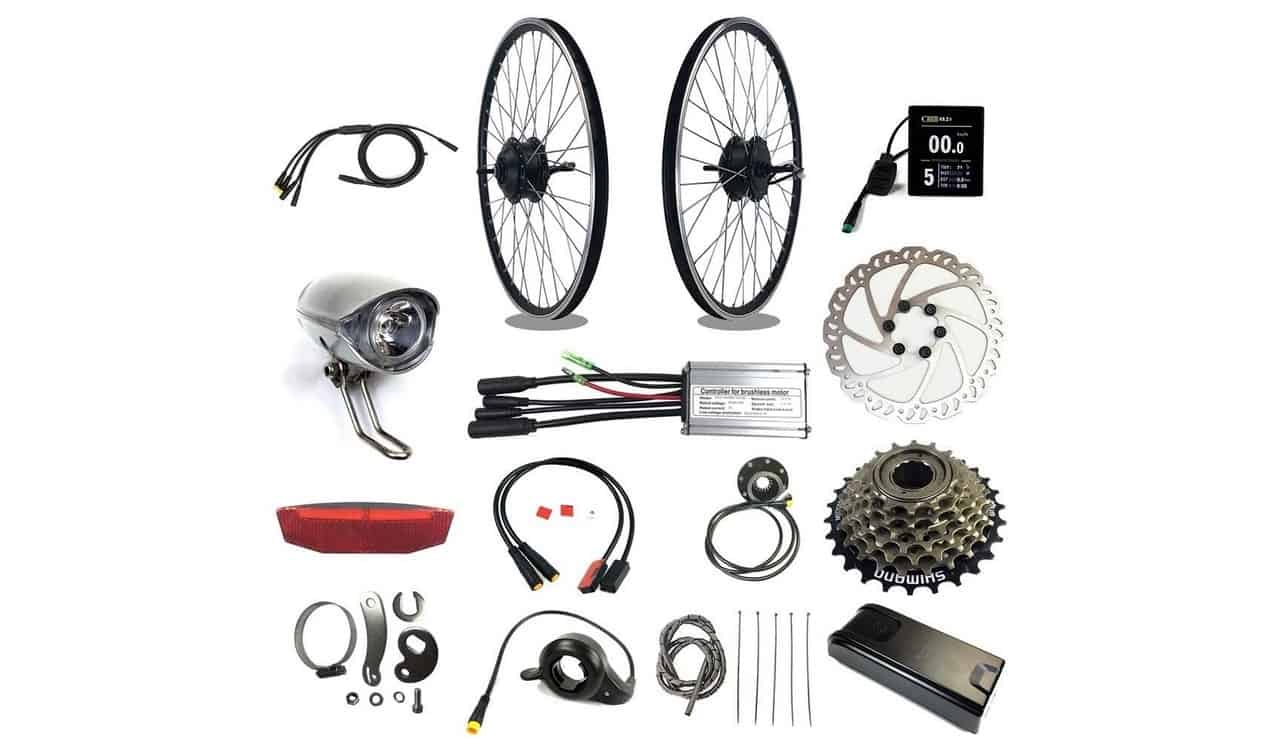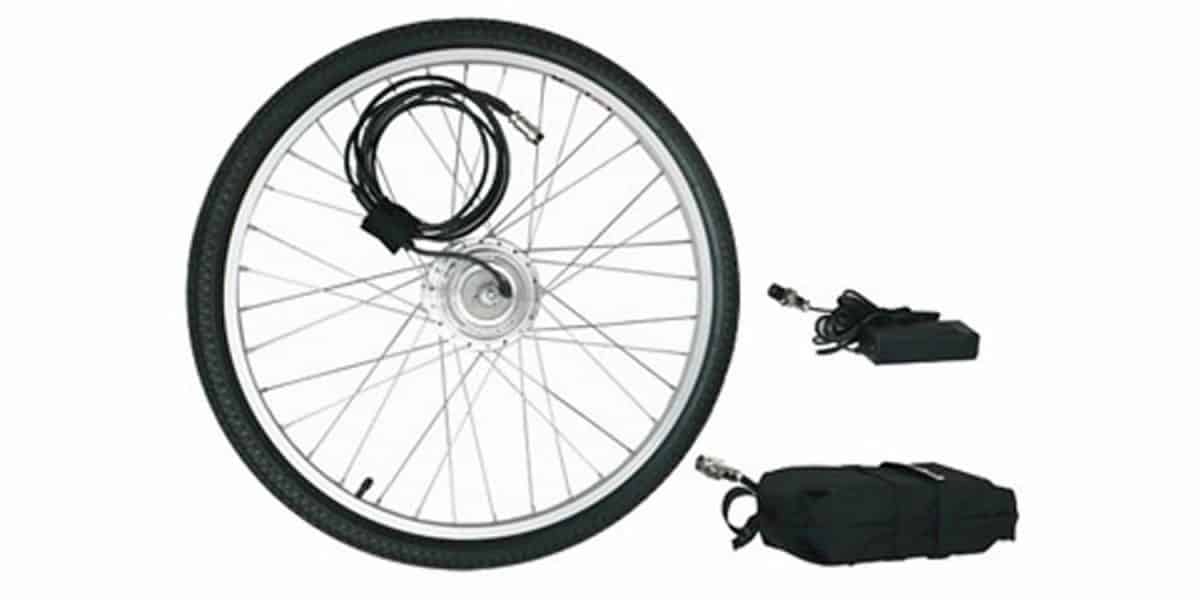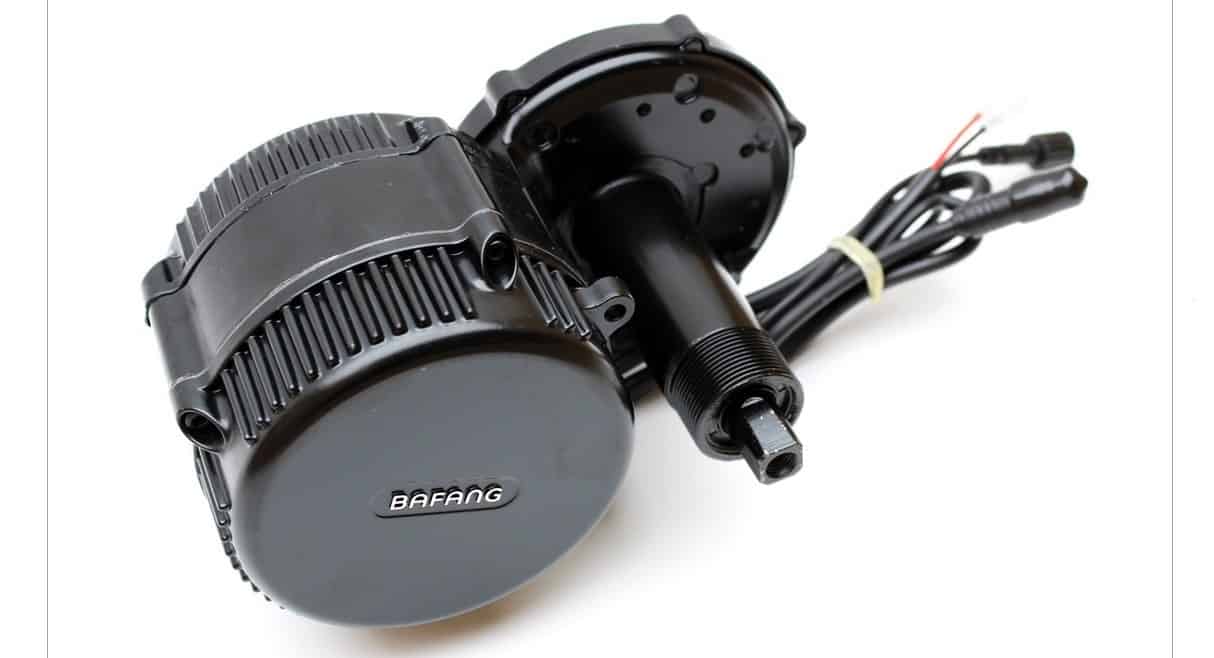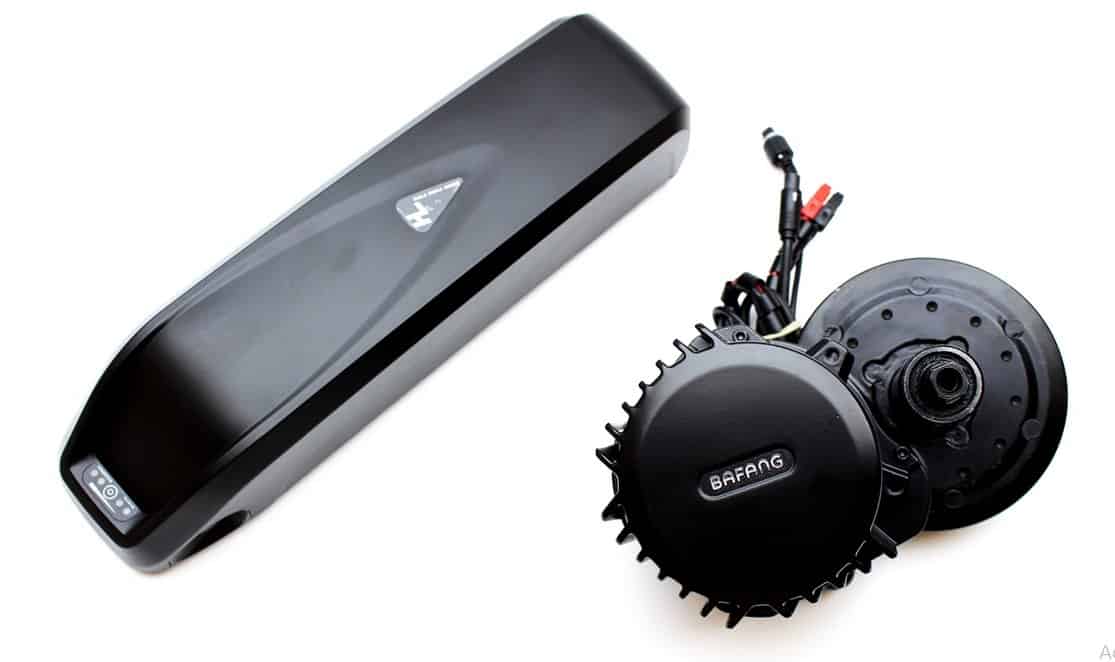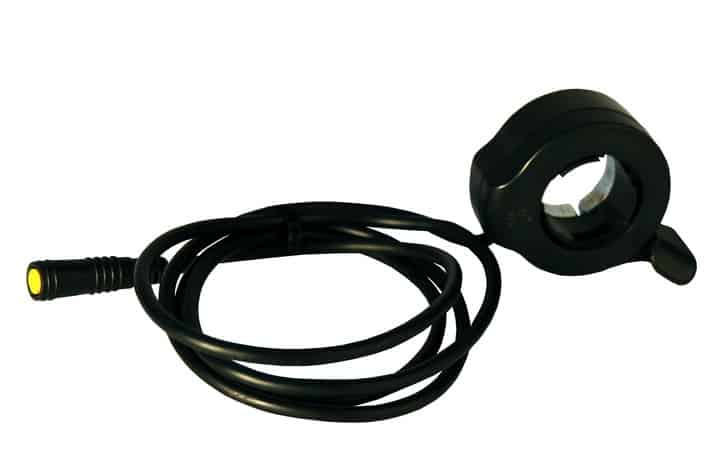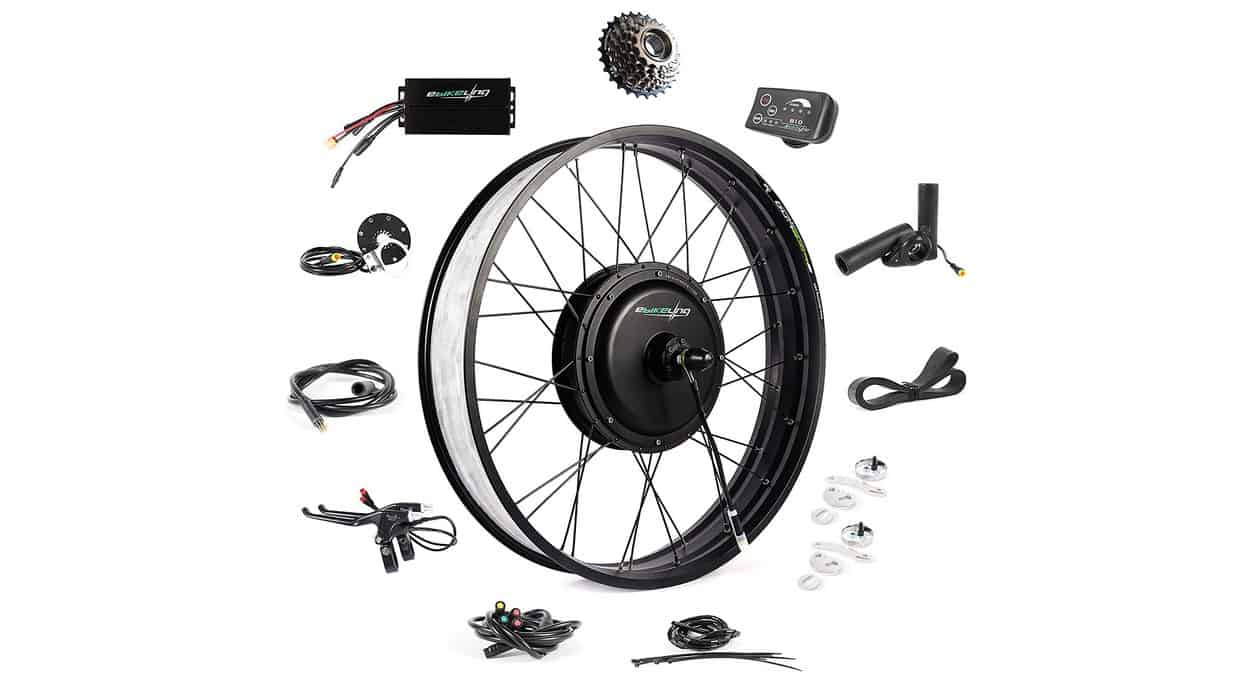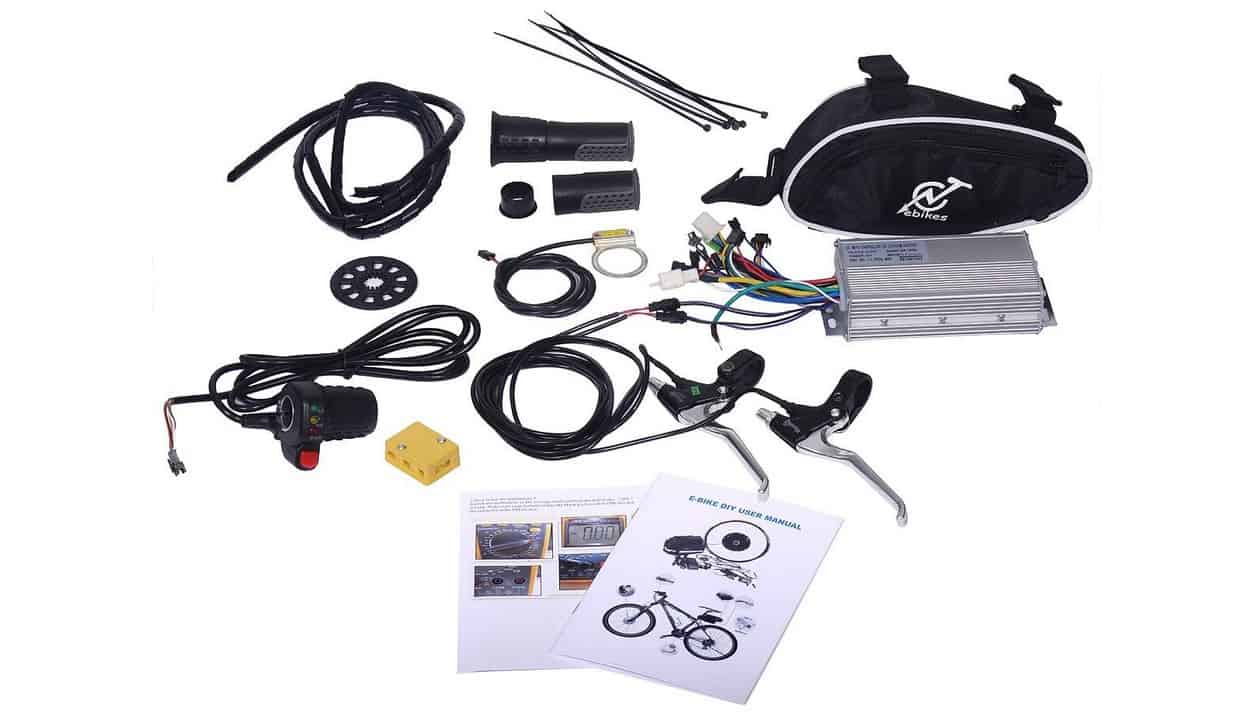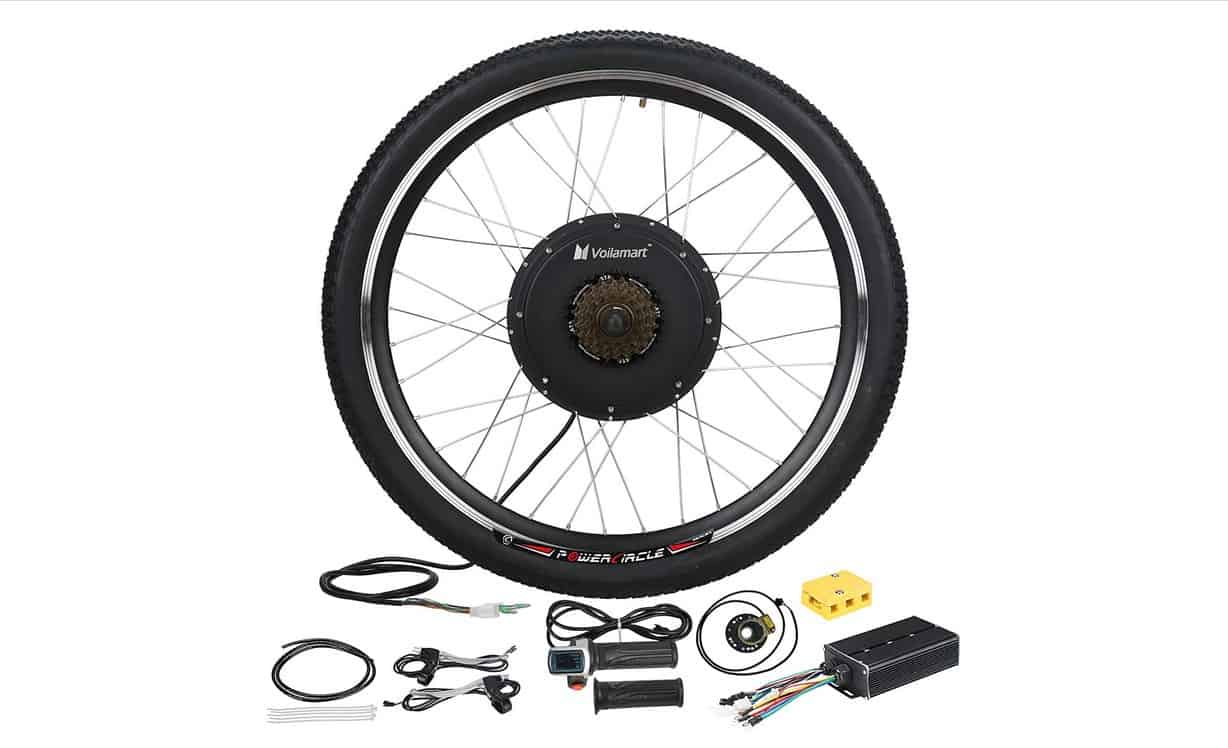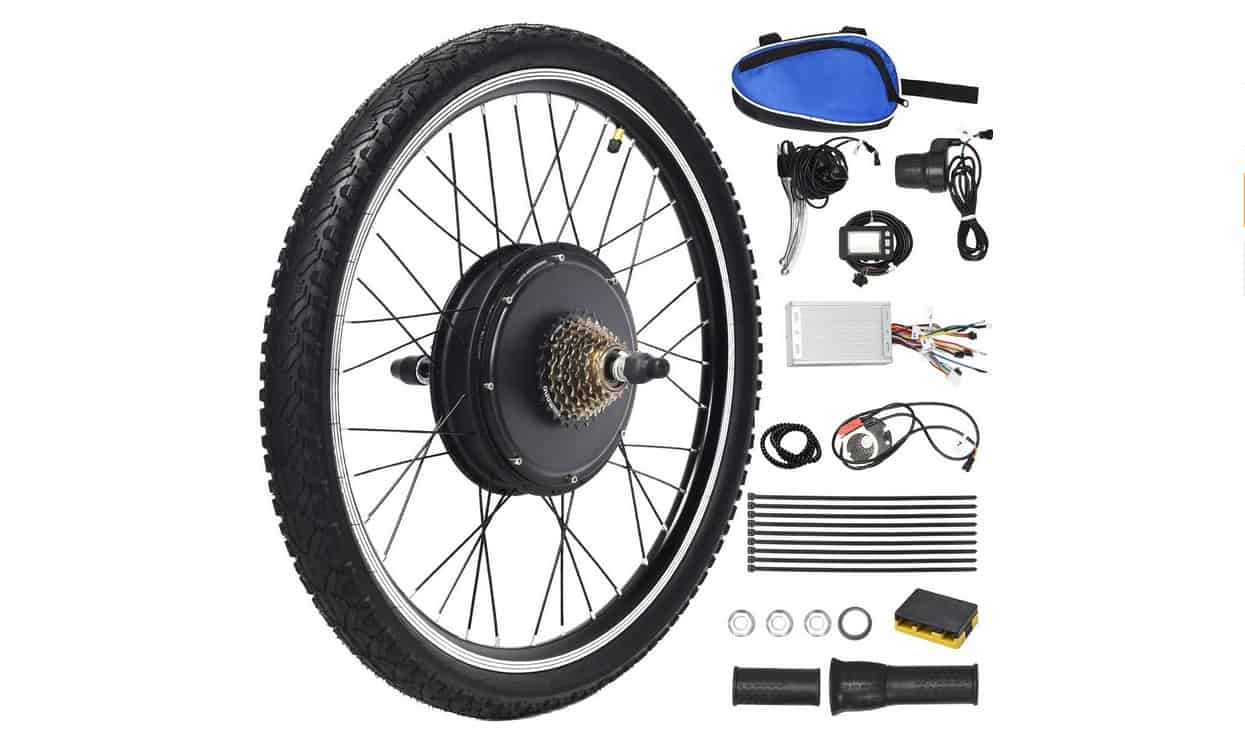Key Takeaways:
- Controller type depends on the motor’s power level and voltage requirement
- Some electric bike speed controller units allow features like variable pedal assist
- Higher amps will require thicker cable and controller wiring
When trying to decide what controller to use in your new electric bike, there are several options to consider. First, make sure of the voltage and current requirements and that the controller can handle them. Running too many amps through a controller can cause it to overheat.
Speed Controller Types for Different Motors
It’s important to choose a motor controller that matches the power rating of the electric motor you’re using as well as the battery pack voltage. A 24-volt controller and 6 cell battery will operate a 36V motor, but the motor’s speed will be limited and it won’t reach its claimed output in watts. Running a controller rated for fewer volts than the battery and motor, however, risks overheating and burning out the connectors.
Choosing a Speed Controller for Your Motor
It’s also important to match the controller and motor type. A brushless motor requires a brushless motor controller. Some controllers require a motor with hall sensors, while some can be operated sensorless. Switched reluctance motors work best with a sophisticated sine wave controller. This type of brushless controller comes at an additional cost but provides smoother acceleration.
Related Posts:
Controllers for Brushed Motors
A 500W electric bike brushed motor controller is simpler than the typical brushless speed controller. A brushed DC motor’s speed depends on input voltage and can be controlled by a rheostat, so an electronic “controller” isn’t strictly necessary. Brushed motors also tend to be less efficient, so a brushed motor eBike won’t get as much range from the usual 36 to 48-volt battery packs. This is why most eBike manufacturers have switched to using brushless motors.
Related Posts:
Controllers for Brushless Motors
Most electric bicycles use brushless DC motors. These require the use of a brushless motor controller. They can rely on internal sensors in the motor in order to know the motor’s rotational speed or operate based on feedback in the power wires.
Sensored vs Sensorless Controllers
If your eBike conversion kit has a motor that includes Hall sensors, you have the option of using a sensored or sensorless speed controller. If you have a sensorless motor, you’ll need to use a brushless motor controller that supports a sensorless operation. Check the product description of your motor first, if available. If not, or if you can’t find answers in product info, look for the number of wires on the motor. A motor with sensors will usually have three to five additional wires along with its wire throttle connector.
Related Posts:
Direct Drive Motors vs Geared Motors
Direct drive motors may require a higher current controller than would be needed with a geared motor delivering similar peak output watts. This is because direct drive motors use high starting torque, meaning a higher amp peak controller will be needed in order to prevent controller damage. Geared motors will run at a higher voltage, however.
Voltage and Current
Besides matching the motor speed controller to the type of motor used in your eBike conversion kit, it’s essential to make sure the electric bike brushless motor controller works with the continuous power and amp requirements of the motor and battery system. A 36 volt, 500-watt peak motor will require a controller with a 14 amp capacity.
Additional Motor Speed Controller Options
Modern eBike motor speed controller designs allow for precise speed control and low noise. A sine wave type electric scooter controller provides smooth starts and reduces torque ripple.
Variable Assist
Commonly available 36V 500W electric bike motor controllers have connectors for throttle and speed sensor wires and are able to provide smooth acceleration and offer multiple modes of pedal assist. If you want options like a display that shows speed, voltage, and power assist level, make sure the motor speed controller has the appropriate wiring and connectors.
Speed Control
Some electric bicycles allow you to set speed limits when using throttle assist. This is usually accomplished through the motor speed controller programming. There are sophisticated controllers that provide CAN Bus data so you can use a display to show power level, battery voltage, speed, and estimated range remaining.
Related Posts:
- Tips for Installing Hydraulic Disc Brakes on an Electric Bike
- Why You Should Try Hydraulic Disc Brakes on Your eBike
Throttles and Brake Energy Regeneration
If your motor and drive gearing permits it, some electric scooter speed controller and eBike controller systems let the motor work as a generator when you’re slowing down or going downhill. This can extend the range in some areas by up to 10 percent.
STAT:
By 2009 there were over 200,000 eBikes in operation in the United States.
Sources:
https://en.wikipedia.org/wiki/Power_semiconductor_device
“Article 430 Motors, Motor Circuits and Controllers”
Krishnan, Ramu. (2001). Electric Motor Drives: Modeling, Analysis, and Control.
Characterization of Small DC Brushed and Brushless Motorsapps.dtic.mil › dtic › fulltext

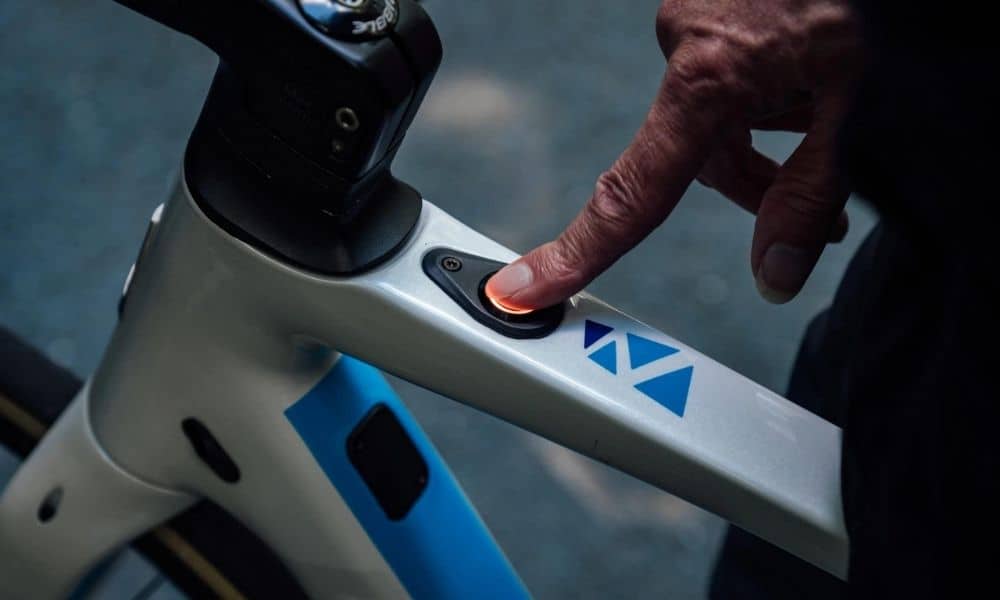














![Best Batteries for Electric Bikes in [year] 7 Best Batteries for Electric Bikes in 2025](https://www.gadgetreview.dev/wp-content/uploads/best-battery-for-electric-bike.jpeg)
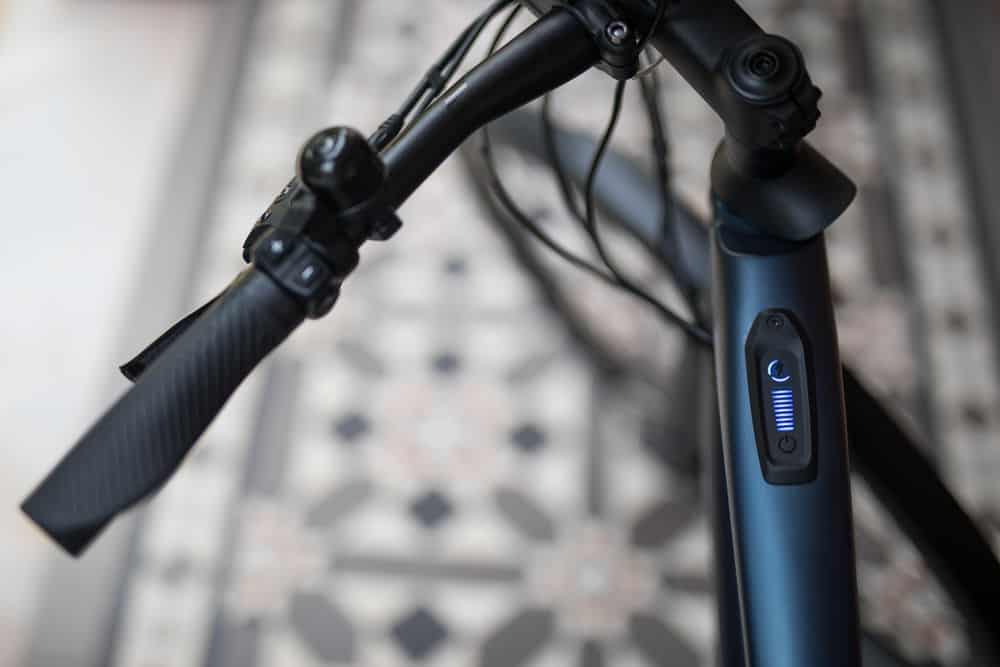
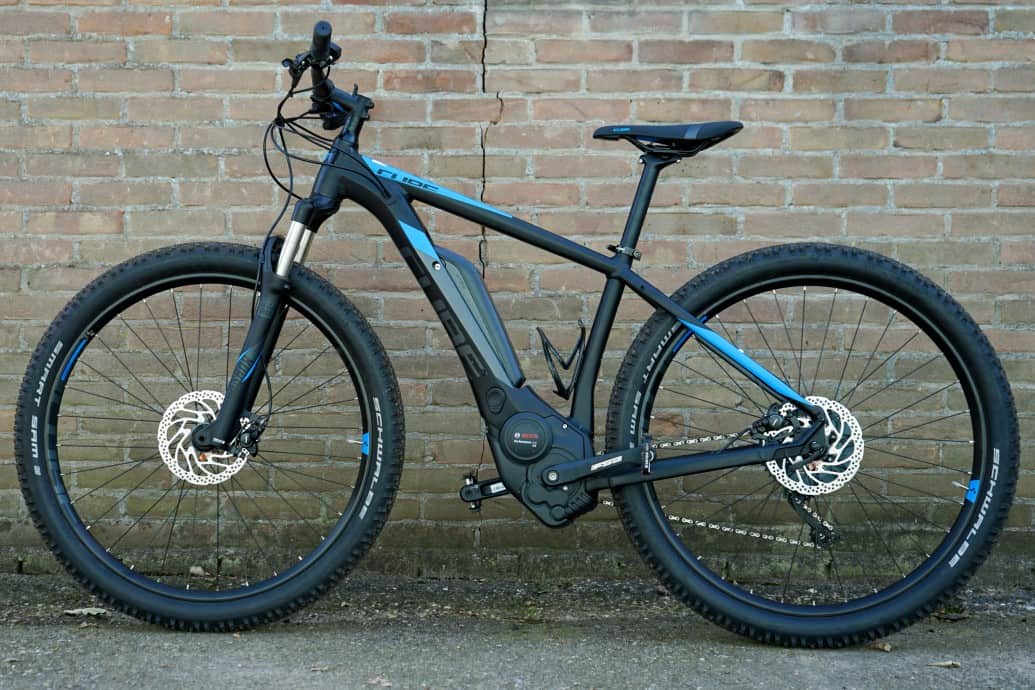
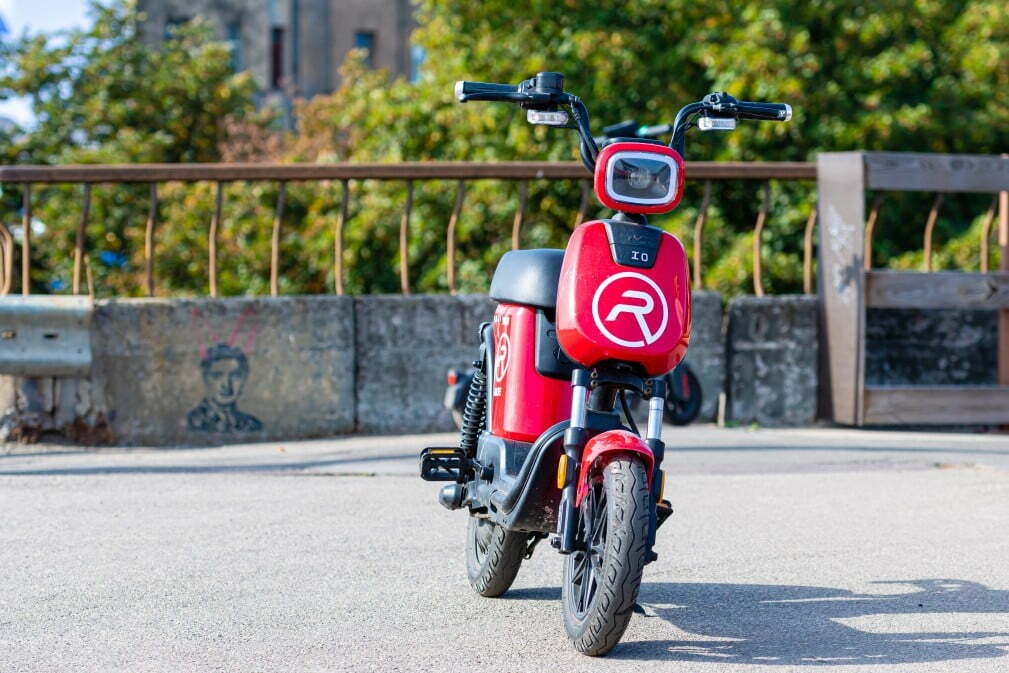
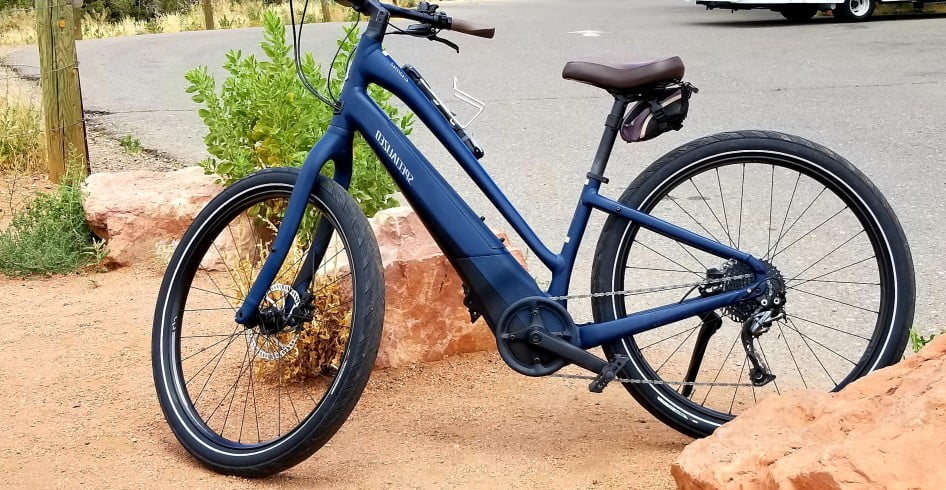
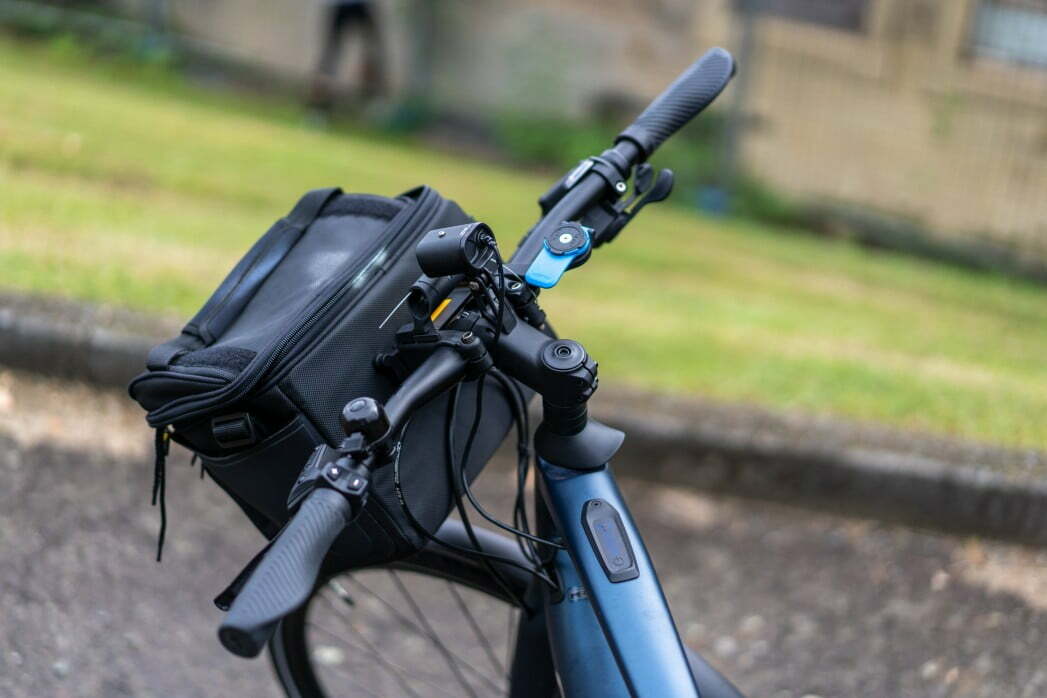
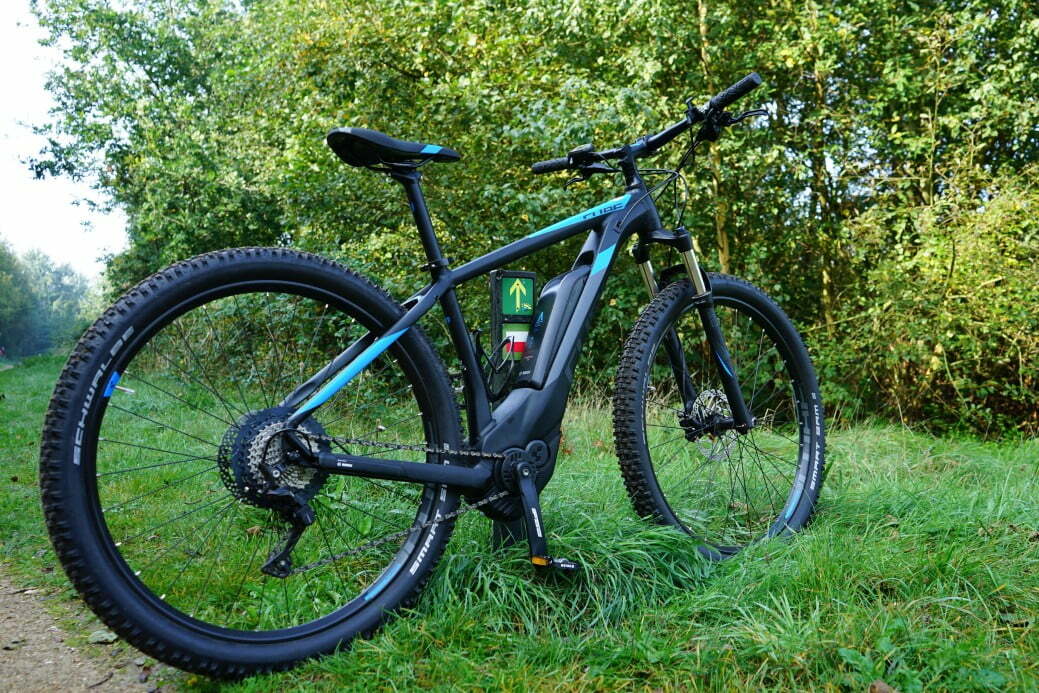
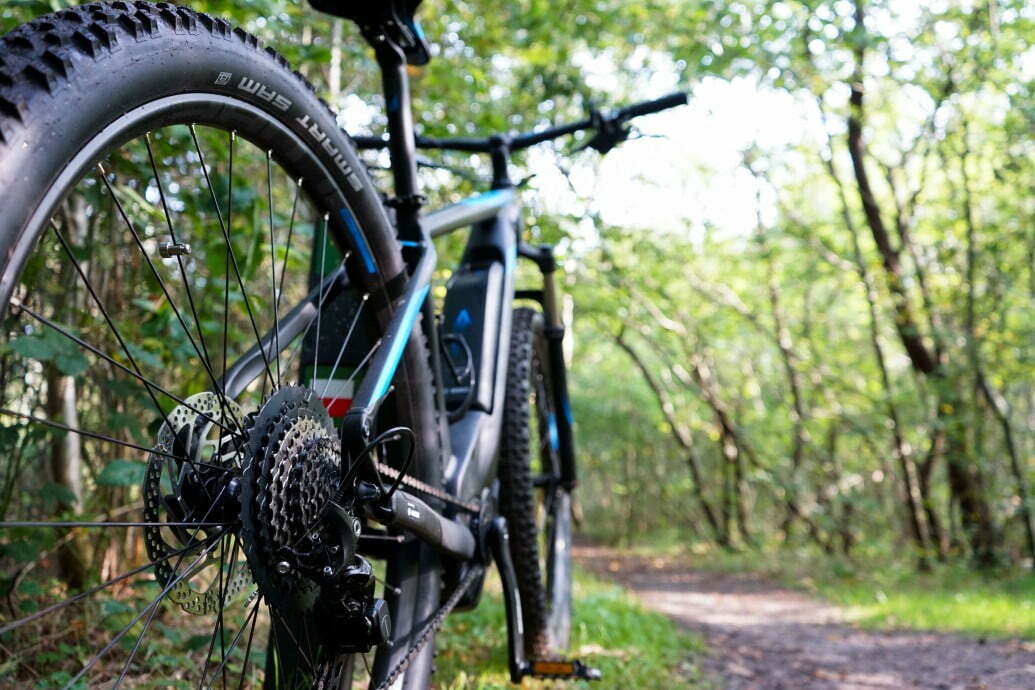
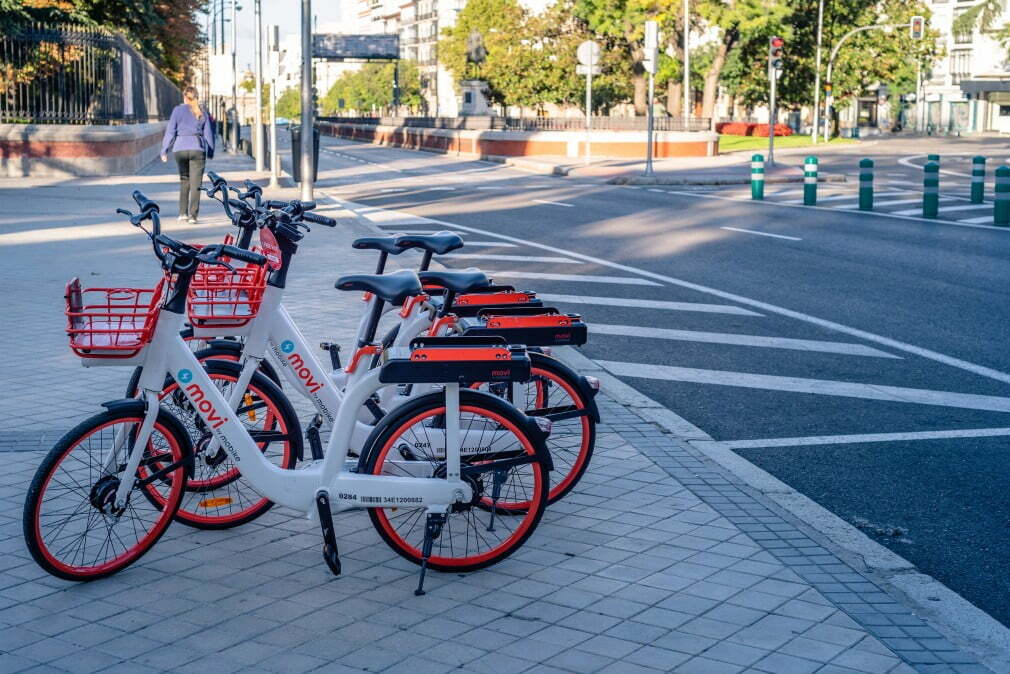
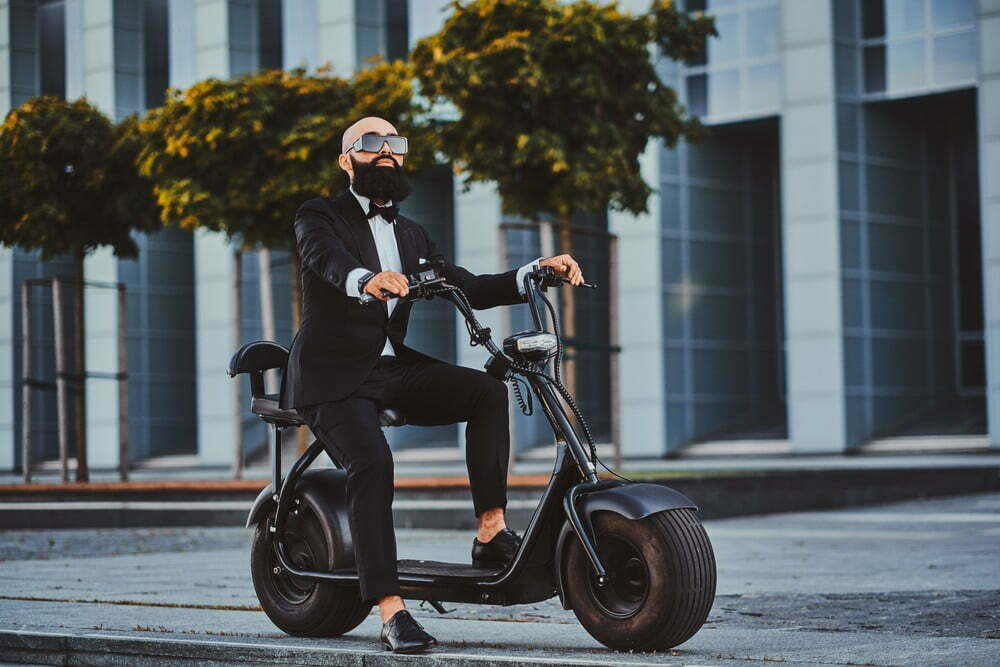
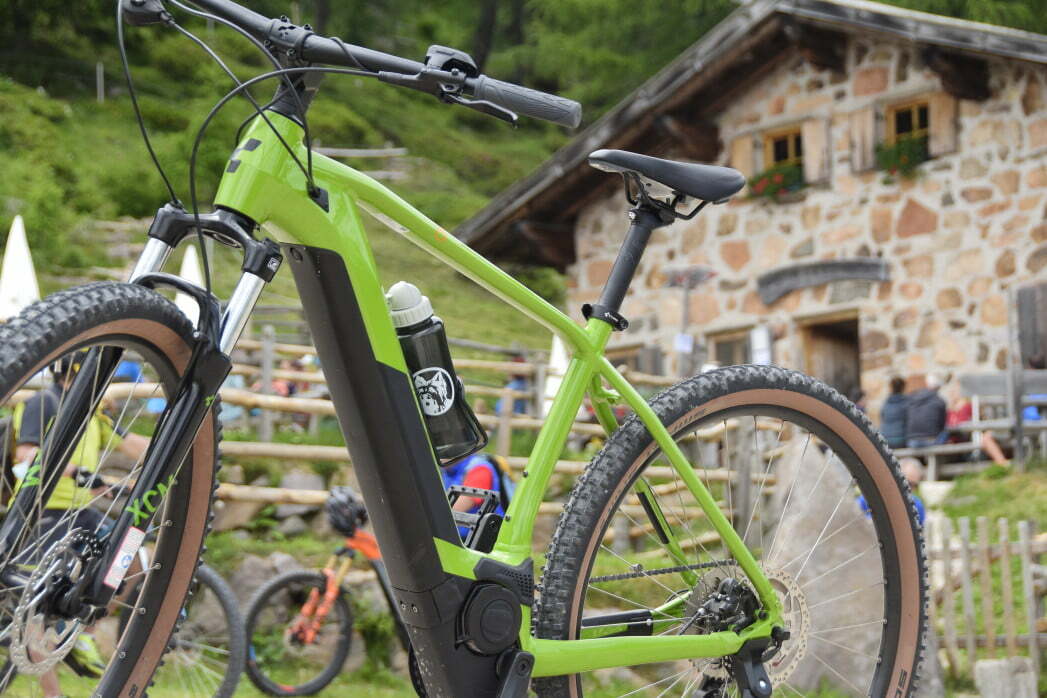
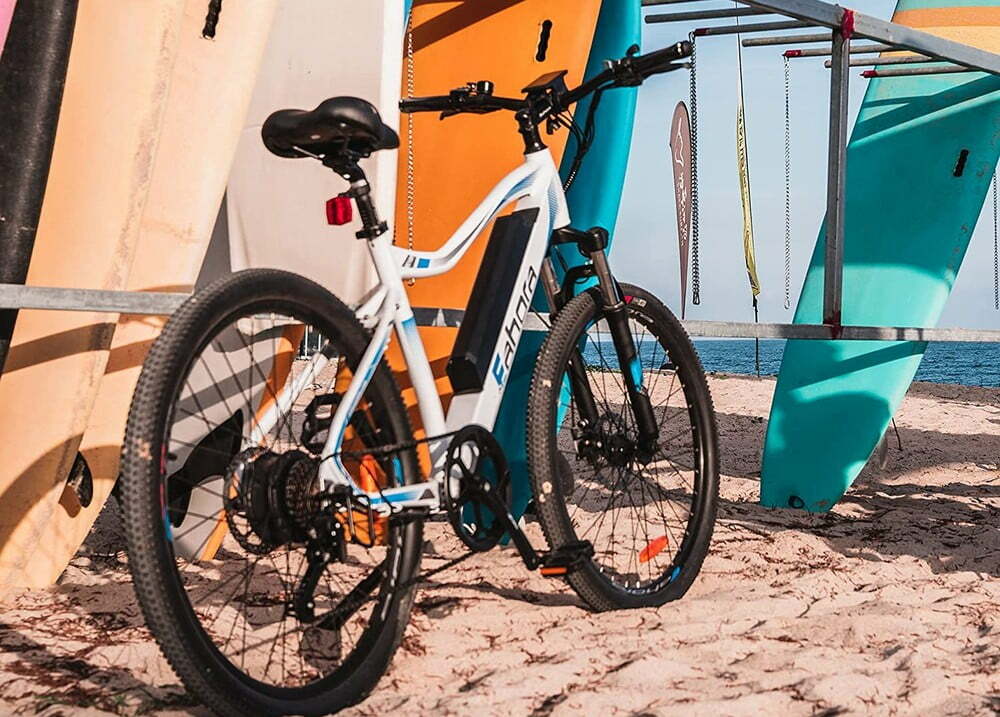
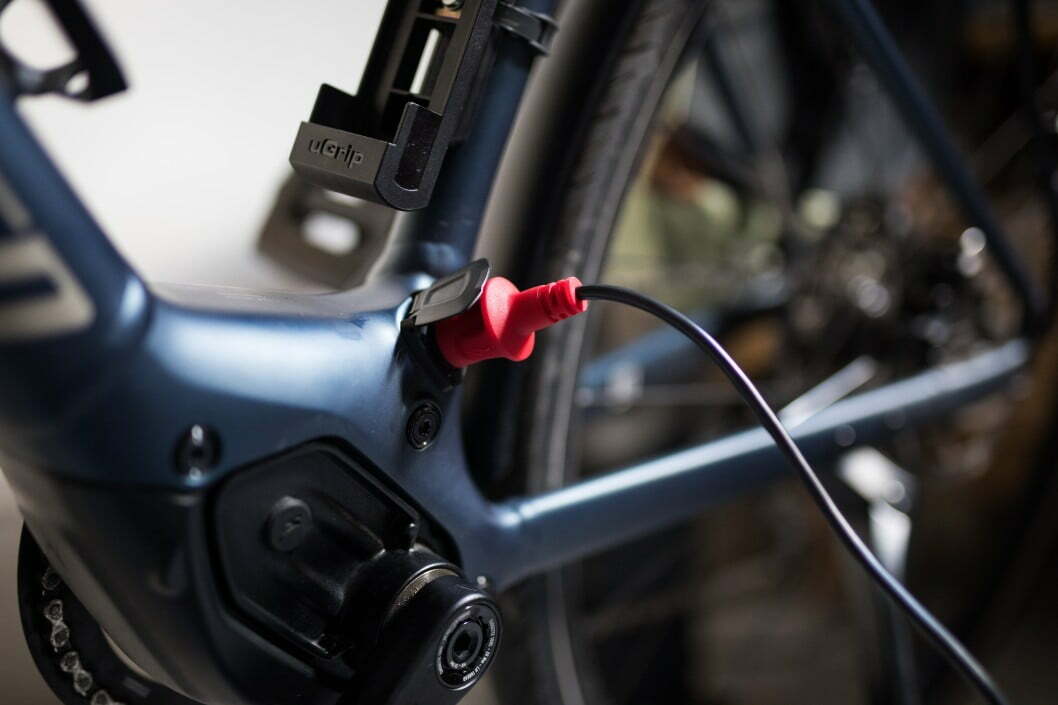
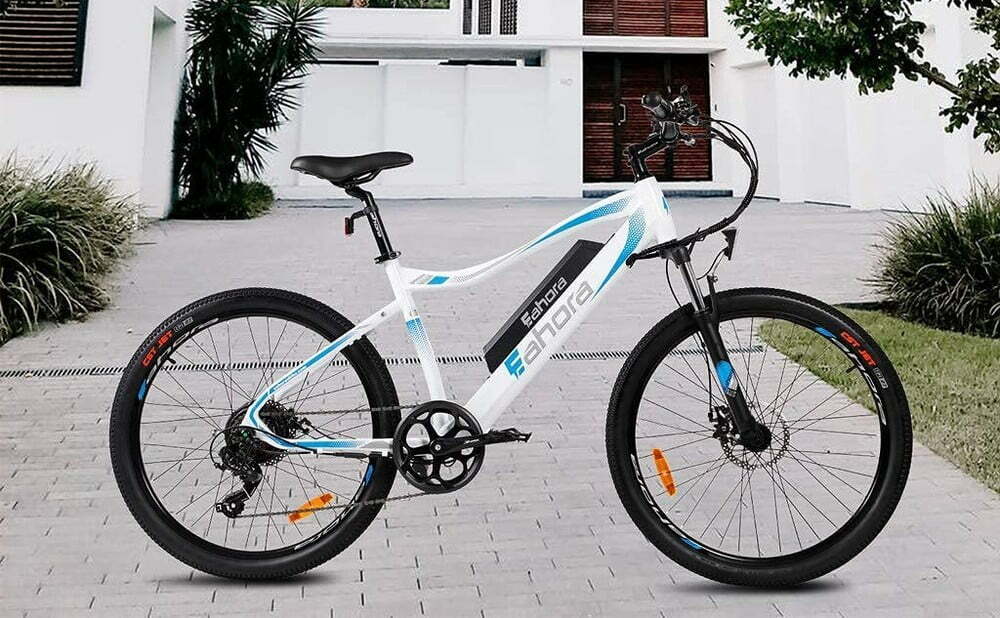
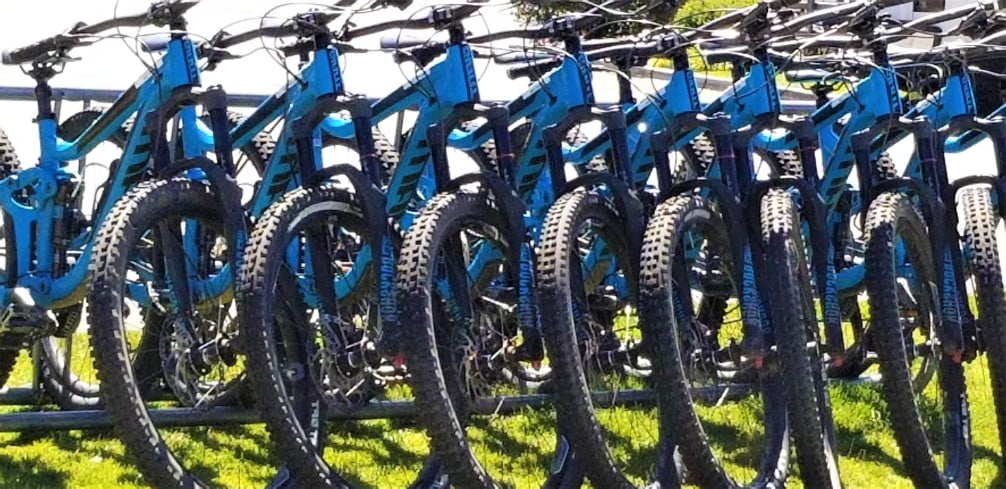

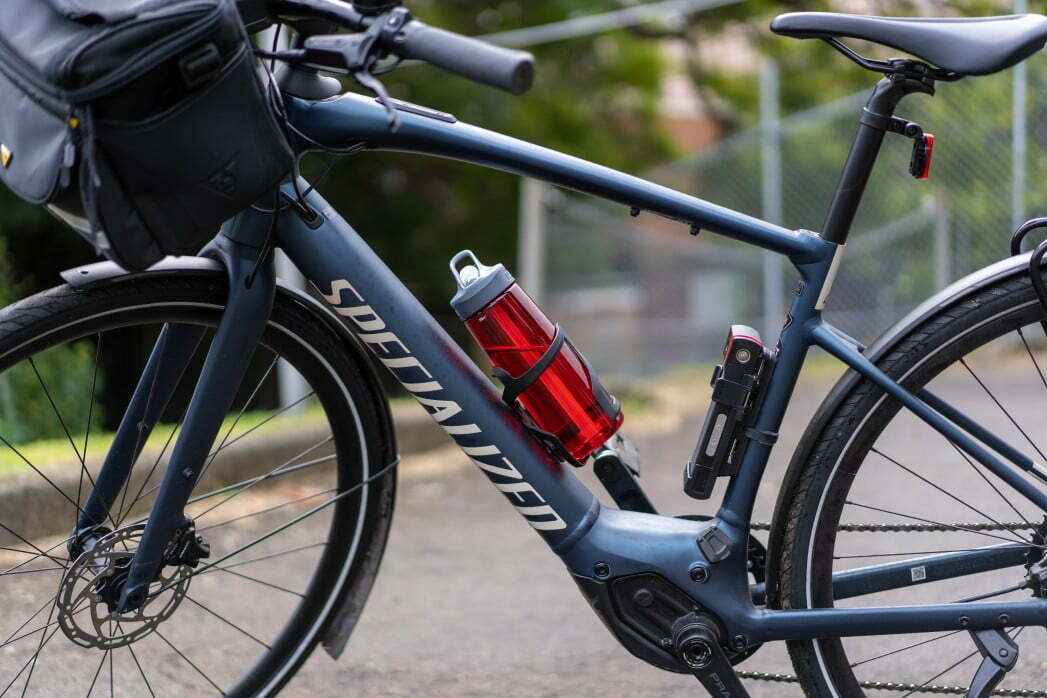
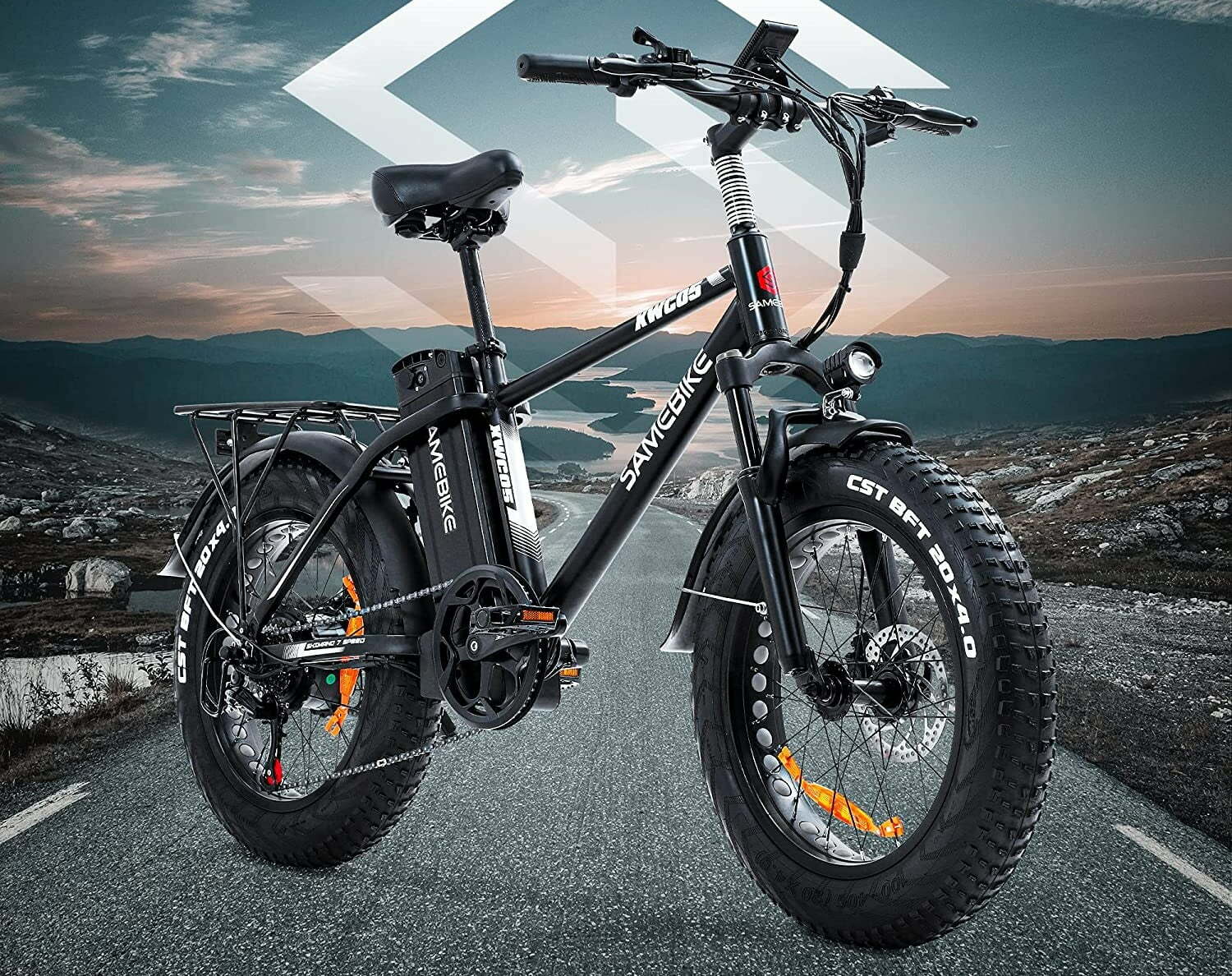
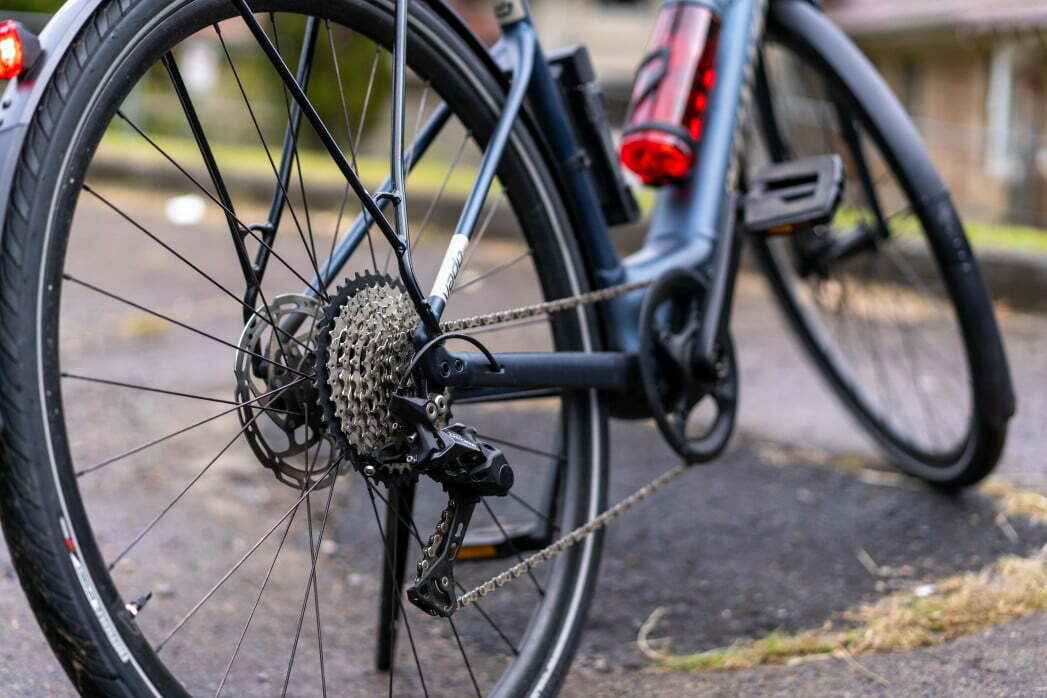
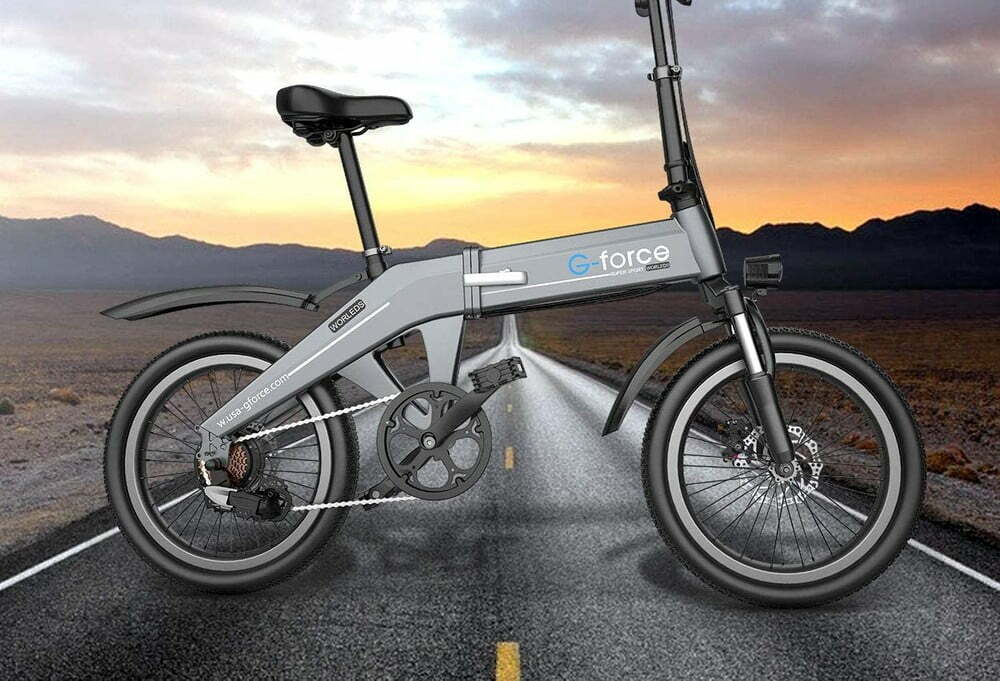
![Best Electric Bike in [year] ([month] Reviews) 27 Best Electric Bike in 2025 (December Reviews)](https://www.gadgetreview.dev/wp-content/uploads/elby-s9-750x422-1.png)
![Best Bikes in [year] ([month] Reviews) 28 Best Bikes in 2025 (December Reviews)](https://www.gadgetreview.dev/wp-content/uploads/cheapest-electric-bikes-1.jpg)
![Best Front Drive Electric Motor Bikes in [year] 29 Best Front Drive Electric Motor Bikes in 2025](https://www.gadgetreview.dev/wp-content/uploads/best-front-drive-electric-motor-bikes-image.jpg)
![Best Cannondale Electric Bikes in [year] 30 Best Cannondale Electric Bikes in 2025](https://www.gadgetreview.dev/wp-content/uploads/best-cannondale-electric-bikes-image.jpg)
![Best Luna Cycle Electric Bikes in [year] 31 Best Luna Cycle Electric Bikes in 2025](https://www.gadgetreview.dev/wp-content/uploads/Luna-Cycle-Apex-Electric-Bike.webp)
![Best Rad Power Electric Bikes in [year] 32 Best Rad Power Electric Bikes in 2025](https://www.gadgetreview.dev/wp-content/uploads/best-rad-power-electric-bikes-image.jpg)
![Best Rear Drive Motor Electric Bikes in [year] 33 Best Rear Drive Motor Electric Bikes in 2025](https://www.gadgetreview.dev/wp-content/uploads/best-rear-drive-motor-electric-bikes-image.jpg)
![Best Ebike Conversion Kits in [year] 34 Best Ebike Conversion Kits in 2025](https://www.gadgetreview.dev/wp-content/uploads/best-ebike-conversion-kit.jpg)
![Best Electric Bike Locks in [year] 35 Best Electric Bike Locks in 2025](https://www.gadgetreview.dev/wp-content/uploads/best-electric-bike-locks-image.jpg)
![Ebikes with Longest Range in [year] 36 Ebikes with Longest Range in 2025](https://www.gadgetreview.dev/wp-content/uploads/best-ebike-with-longest-range-image.jpg)
![Best Electric Bike Trailers in [year] 37 Best Electric Bike Trailers in 2025](https://www.gadgetreview.dev/wp-content/uploads/best-electric-bike-trailers-image.jpg)
![Best Bike Rack for Electric Bikes in [year] 38 Best Bike Rack for Electric Bikes in 2025](https://www.gadgetreview.dev/wp-content/uploads/best-bike-rack-for-electric-bikes-image.jpg)
![Best Electric Bike Helmets in [year] 39 Best Electric Bike Helmets in 2025](https://www.gadgetreview.dev/wp-content/uploads/best-electric-bike-helmets-image.jpg)
![Best Throttle Electric Bikes in [year] 40 Best Throttle Electric Bikes in 2025](https://www.gadgetreview.dev/wp-content/uploads/best-throttle-electric-bike-image.jpg)
![Lightest Electric Bikes in [year] 41 Lightest Electric Bikes in 2025](https://www.gadgetreview.dev/wp-content/uploads/lightest-electric-bike-image.jpg)
![Best Schwinn Electric Bikes in [year] 42 Best Schwinn Electric Bikes in 2025](https://www.gadgetreview.dev/wp-content/uploads/Electric-Bikes-image.jpg)
![Best All Terrain Electric Bikes in [year] 43 Best All Terrain Electric Bikes in 2025](https://www.gadgetreview.dev/wp-content/uploads/best-all-terrain-electric-bike-image.jpg)
![Best Cheapest Electric Bikes in [year] 44 Best Cheapest Electric Bikes in 2025](https://www.gadgetreview.dev/wp-content/uploads/cheapest-electric-bikes.jpg)
